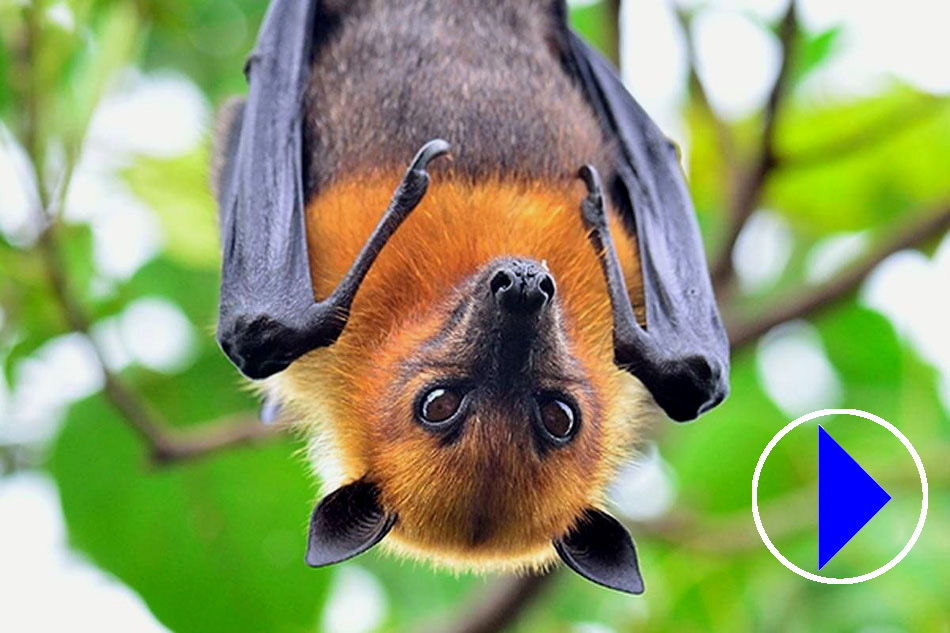
FRUIT BAT FEEDING TREE, LIVE WEBCAM
- Local Time
- Location: Bat World Sanctuary, Weatherford, Texas, United States
- Source: www.batworld.org
- Info: Live streaming webcam showing fruit bats at the Bat World Sanctuary in Texas, United States. Bat World Sanctuary is a rehabilitation center for sick and injured bats. Annually, as many as 1,500 rehabilitated bats are released back to the wild.
The Egyptian fruit bat or Egyptian rousette is found in Africa, the Middle East, the Mediterranean, and the Indian subcontinent. These bats have light-brown bodies, dark brown wings, a long muzzle, and a two-foot wingspan. They feed almost exclusively on soft fruits, such as dates, apples, and apricots and may consume 50 -150% of their body weight of very ripe fruit each night. Egyptian fruit bats are nocturnal megabats leaving their roosts at sunset to set off for their feeding grounds, returning at dawn.
The Jamaican fruit bat (common or Mexican fruit bat) is native to Mexico, through Central America to northwestern South America. They can be found in a variety of habitats, from dry deciduous forest to tropical evergreen forest and even cloud forest. Jamaican fruit bats prefer to roost in caves and hollow trees but sometimes they also create roosts by biting the midribs of large leaves until they hang down to form tents.
Short-tailed bats weigh around 12-15 g, they have large pointed ears and a free tail. They are a mousy-grey colour. Unlike most bats, which catch their prey in the air, the short-tailed bat has adapted to ground hunting. To get around on the forest floor, the bats fold their wings beneath a leathery protective membrane, turning their forearms into makeshift front legs. Their ‘thumbs’ end in large, talon-like claws, as do their back feet, which enable them to crawl on the ground and up into trees.

